While action and romantic comedy were the most widespread movie genres in the 1990s, TV networks produced an extensive selection of not only procedural dramas, but also sitcoms that were geared either towards families or young adults. Those comedy shows were witty, sassy, dynamic, and bold, and presented a vast array of likable and relatable characters whom are quoted and parodied to this day. Though some elements wouldn’t sit well with today’s audiences, such as gay and fat shaming, there were many tropes you could catch in just about every one of them, regardless of duration or popularity.
Some sitcoms, such as The Golden Girls, Married… with Children, Full House, and Roseanne, were doing so well in the '80s that they also carried on well into the next decade, while others, like The Nanny, Ellen, and Home Improvement, began and concluded in the '90s, or sometimes lasted till the 2000s. That is to say, the decades may have overlapped for certain shows, but audiences were still able to notice recurring themes, characters, situations, and styles.
From the mandatory family pet to the heart-to-heart talk, these are 25 common tropes found in '90s sitcoms.
25 The Family Pet
Whether it’s Maui, the Buchmans’ Collie-mix on Mad About You, The Bundys’ Briard, Buck, on Married… with Children, Speedy, the Golden Retriever, on The Drew Carey Show, or Salem, the talking black cat, on Sabrina the Teenage Witch, '90s sitcoms often feature a beloved pet that is either dim-witted, goofy, endearing, or snarky, with or without hilarious human voice dubs.
24 The Usual Hangout
Is there any on-screen piece of furniture more recognizable than the gang’s burnt orange couch in Friends’ local coffee shop, Central Perk? In comedy shows, highs-schoolers and adult friends tend to meet at the same spot to catch up, gossip, vent, or meet potential love interests. It’s Nemo’s Pizza in Everybody Loves Raymond, Monk's Café in Seinfeld, The Den in Moesha, and The Max for Baysiders in Saved by the Bell.
23 The Huge Fight with the Bestie
The two close friends who always support and hang out with each other also get their share of tension every once in a while. In Friends’ sixth episode from season six, The One on the Last Night, for instance, Monica and Rachel get into a heated argument right before the latter is supposed to move out, so that her boyfriend Chandler can move in. Monica is furious that Rachel hasn’t finished packing yet, and the two list all the things that have been irking them about each other.
Monica: OK, here's the last of your boxes. I'm just going to label it “What were you thinking?”
Rachel: Funny, I was going to go across the hall and write that on Chandler.
Eventually, Phoebe, the third friend, steps in and suggests they both list the things they love about each other, and they naturally make up, with the obligatory hugs and tears.
22 Filler Recap Episodes
Long-running '90s sitcoms often resort to recap flashback sequences taken from earlier episodes and that vaguely relate to a present situation. Sometimes, they are relevant to the episode in question and remind audiences that they have spent years growing with the featured characters. More often than not, though, those recaps seem unnecessarily long and are just used as nostalgic fillers when creativity is down and a season's budget is tight.
21 The Disastrous Vacation
A vacation going wrong, whether at the beach, in another town, or in a new country altogether, is also quite common and deviates from a show’s familiar environment, for some much-needed adventure and excitement. In Seinfeld, the group’s visit to East Hampton results in Kramer doing community service for lobster poaching, and in Elaine being compared to a bad-looking baby. In Full House, while on a trip to Disney World, Jesse and Becky quarrel, and Danny’s marriage proposal to Vicky is constantly interrupted.
But sometimes, it is not a successful formula.
Case in point, Friends' The One in Barbados; nobody can forget Monica’s awfully frizzy hair when the gang travels to Barbados and is met with heavy rain. IMDB users do not take kindly to that particular chapter, writing, "First part is rewatchable. Second part is absolutely terrible," and "Adding to the long list of terrible moments in this episode, we have the horrible table tennis game, where the two annoying characters brag how awesome they are, while being very obviously and very painfully mediocre at the game."
20 The Cute, Smart, and Funny Youngest Child
Children are depicted as expressive, sassy, and witty, particularly the latest addition to the household. Full House’s Michelle Tanner, played by the Olsen twins, is a prime example of the cute, smart, and funny youngest child: her soft pigtails, piercing blue eyes, mischievous pout, and impetuous personality get her in and out of messy situations. As for Smart Guy’s premise, it revolves entirely around T.J. (Tahj Mowry), an adorable and intellectually gifted 10-year-old boy who skips six grades and makes startling statements like, “I'll try to be more sensitive to the fact that you're dumber than me.”
19 The Episode-Long Misunderstanding
Mistaken identities, misinterpreted statements, miscommunication problems, and late confessions, all of which could have been avoided, often result in a misunderstanding that lasts for the majority of an episode. In Frasier’s The Matchmaker chapter, for example, the lead attempts to set Daphne up with the radio station’s new manager, Tom; unbeknownst to him, Tom is actually gay and thinks Frasier is the one who is coming on to him. Redditors quite enjoy this particular episode, writing, “When Daphne walks out from her bedroom, hears Tom saying he’s gay, does a 180, and pulls out her bra in defeat, I just die,” “At no point are you laughing at the fact anyone is gay, just that Frasier’s made a buffoon out of himself...again,” and “I look forward to it every time I start over to rewatch.”
18 Sequences of Fantasy Scenarios
Audiences are regularly treated to exaggerated imagined scenarios, where a character projects either into an alternate vision of what their friend or significant other may be doing at a given moment, or into the future to picture what would happen should a certain choice be made or an event occur. These scenes are typically framed by a faded white vignette effect, and though they're often made consciously by the characters, they may occasionally be set within an actual dream.
In The Fresh Prince of Bel-Air’s episode Bundle of Joy, each family member imagines what life would be like with Vivian’s new baby girl on the way: Ashley, for instance, fears she will literally become invisible, as she’d no longer be the youngest child; Hilary, the eldest, is giddy about using her as her personal assistant; while Geoffrey, the butler, predicts (rightfully so) that he’d be overwhelmed with work.
17 The Special Serious Episode
Comedy shows in both this decade and the '80s include the occasional dead serious episode, to shed light on a specific social, health, mental, or environmental issue. Though the topic and scenario may take the viewers off-guard, the action obviously includes comedic-relief moments that remind them that this is essentially a light, feel-good show. Bullets Over Bel-Air in The Fresh Prince of Bel-Air tackles gunpoint robbery; Boy Meets World’s episode If You Can’t Be with the One You Love addresses underage drinking and alcoholism that runs within the same family, and lead actor Ben Savage addresses the audience with a PSA at the end; and in Home Improvement’s The Longest Day, Randy, one of Tim Taylor’s boys, gets a thyroid cancer scare.
16 Crossovers with Other Shows
In an effort to increase ratings and promote their various comedy shows, networks include special crossover episodes. Ray Barone from Everybody Loves Raymond appears in Fran Fine’s high-school reunion on The Nanny; Family Matters’ geeky Steve Urkel bonds over eyeglasses with Stephanie on Full House; and The Fresh Prince of Bel-Air’s Hilary wins a date with Blossom's brother Tony in Blossom.
15 That One Friend from Another Race
TV shows and movies are definitely more racially inclusive and culturally sensitive nowadays, but back then, sitcoms were either predominantly white and included that one POC friend or significant other, or focused entirely on a minority group, with one or two white characters thrown here and there for measure.
The co-creator of Friends, Marta Kauffman, dismissed criticism of casting six white actors and occasionally including a Black or Asian love interest, and then apologized and pledged $4 million to Brandeis University’s African and African-American Studies Department. On her part, Lisa Kudrow, who plays blonde twins Phoebe and Ursula on the show, remarked to The Daily Beast, “When it’s going to be a comedy that’s character-driven, you write what you know. They have no business writing stories about the experiences of being a person of color.”
14 The Wise Mentor
However kind, eccentric, or stern, there is always a well-meaning character to impart their wisdom on and give advice to not just the younger characters, but also their peers. Wilson W. Wilson, the Taylors’ next-door neighbor on Home Improvement, acts as the family’s confidant and eldest member. The running gag is that his face is never fully seen, as these conversations occur from behind the fence.
Wilson: Tim, don't sell your stupid instincts short. Do you realize that people have a tiny compass in their nose?
Tim: I was never aware of that. No.
Wilson: Yes, people have a tiny iron deposit in their nose. And that gives them directions to magnetic north, and since men have more iron in their bodies than women, it only follows that they would make a better compass.
Tim: Then how come I couldn't find the wedding?
Wilson: Well, Tim, a map is a little more accurate than your nose. It's also a heck of a lot easier to fold.
13 The Snarky Help
Between The Fresh Prince of Bel-Air’s Geoffrey and The Nanny’s Niles, audiences often argue over who makes the snarkiest and wittiest butler. They both have a pronounced British accent and impeccable diction, dress elegantly, and deliver their witty one-line repartees fearlessly and with perfect composure. They’re a delight to watch, and a subcategory of their own.
C.C.: I couldn't put a foot out of bed this morning.
Niles: Did someone put a rock on your coffin again?
12 Incorporating Pop Culture
Since sitcoms are meant to target a wide audience and often use product placement, they have to match the times and incorporate as many pop culture elements as possible. These include trending hairstyles, like collar-grazing bobs, comb barrettes, and box braids; fashionable outfits and accessories, such as plaid shirts, thick headbands, and slip dresses; hit songs and musician guests; weekend dates to watch the latest movies; and the coolest gadgets around.
11 The Will They/Won’t They Duo
Two friends with insane chemistry or a one-sided crush might turn into a full-fledge romance, but creators have to first tease the audience about it for several seasons. Will They? Won’t they? And when they finally do get together, is the viewer sure they’ll be endgame? Ross and Rachel from Friends are the quintessential example, and people still debate whether these two were really on a break when Ross slept with somebody else, and whether Rachel should have ended up taking that position in Paris in the finale.
10 The Eccentrically Dressed Character
'90s sitcoms boast a plethora of intriguing and/or exasperating characters who stand out, especially those who follow the beat of their own drum and stick to their own peculiar sense of style. Blossom’s titular lead is a teenage girl with very colorful outfits who sports bucket hats with huge flowers, and Full House’s next-door neighbor, Kimmy Gibbler, is not afraid to show off her kitschy aesthetic, which she later takes up a notch in the modern-day Netflix sequel, Fuller House.
9 The Exploited Nerd
Another common trope is the socially inept geek and nerd who is exploited by either a main or a secondary character to run their errands, do their homework, or cover for them so they can sneak out to be with their crush. These overachievers may even be used as targets in pranks for social acceptance, but such incidents often end with the offender learning their lesson and apologizing.
8 The Bumbling and Lazy Husband
While many adult female characters are stay-at-home wives and mothers, they’re usually given enough pragmatism to be in charge of household matters and enough spunk to stand up to their bumbling and lazy husbands. Ray Barone in Everybody Loves Raymond rarely does house chores or takes care of his three kids, unless his wife Debra forces him. Not to mention that he doesn’t have the guts to tell his parents not to intrude so much in their affairs and pop over whenever they like. And whenever Debra catches him in a lie, he digs his grave even deeper by stuttering and coming up with even more ridiculous excuses, which, of course, she sees through.
7 The Signature Entrance
Some characters are considered cooler, funnier, or more attractive than others, and because they stand out, they are often given a spectacular custom entrance that is usually accompanied by cheers from the audience attending the taping of the show. In Seinfeld, Kramer, Jerry’s eccentric neighbor with the upright hairstyle, has the habit of opening the former’s front door and just sliding in, often not even fully dressed. And in The Fresh Prince of Bel-Air, Will’s friend from the hood, Jazz, usually makes a slow and calculated entrance into the Banks’ mansion with his sunglasses on, but he is always literally thrown out the front door.
6 The Sexy Female Character with Revealing Outfits
Another common trope is the hot female character who shows off her silky hair, cleavage, and toned body by sporting tight dresses, tank tops, and miniskirts, and her entrance is always spectacular and accompanied by cheers and whistles from the audience. Christina Applegate’s Kelly Bundy in Married… with Children and Nikki Cox’s Tiffany Malloy in Unhappily Ever After are two fine examples.
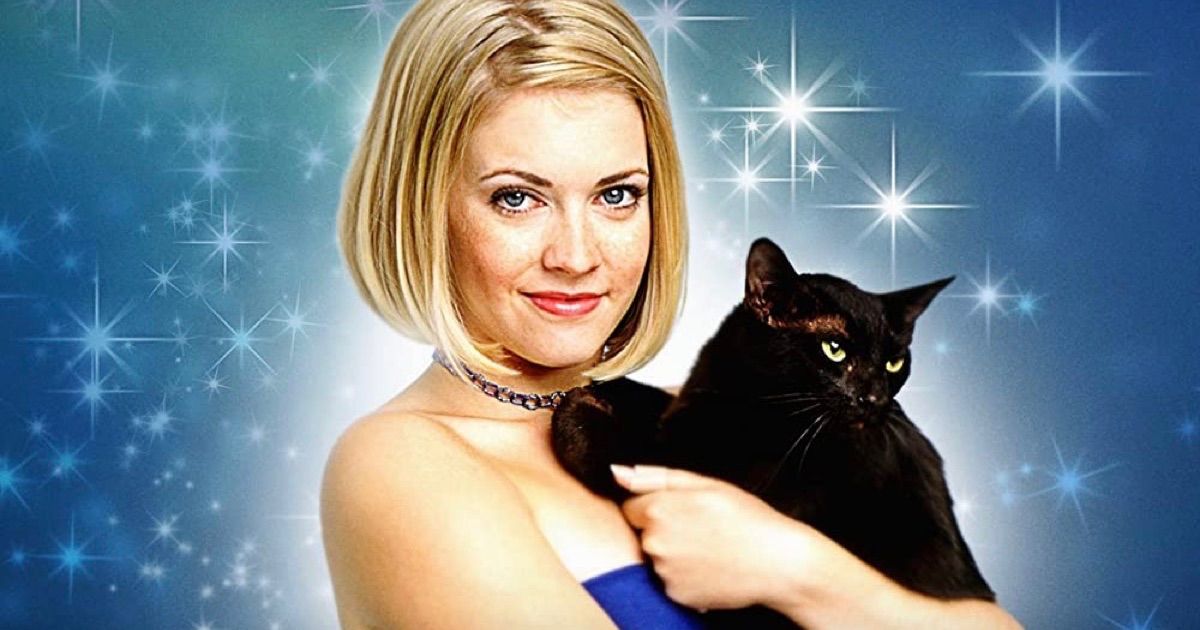
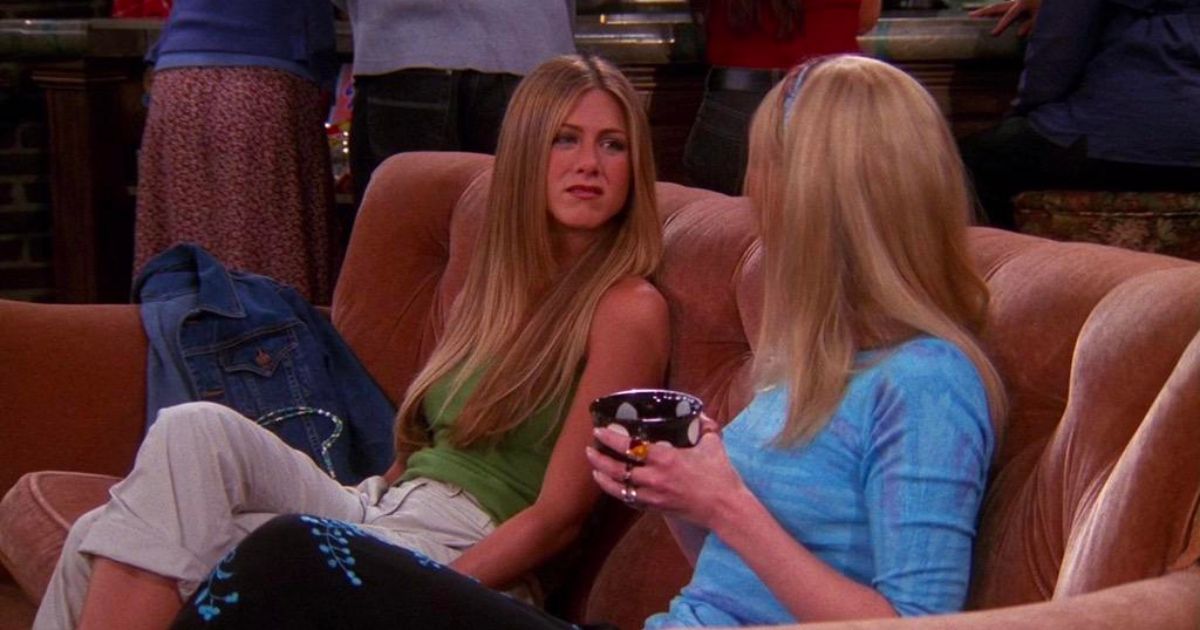
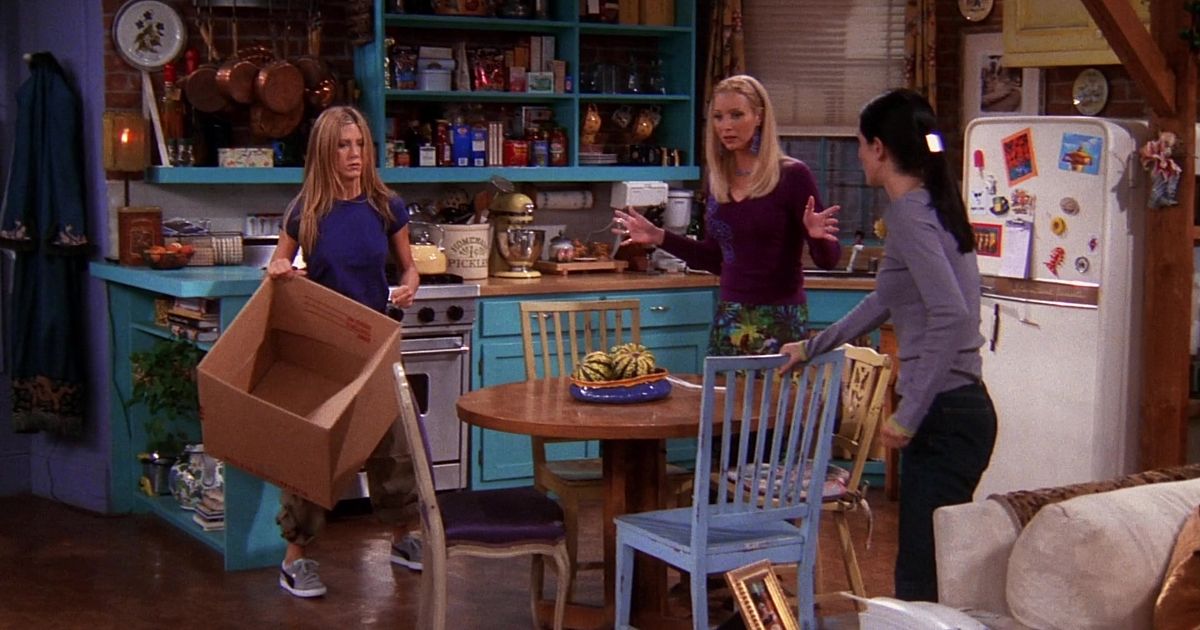
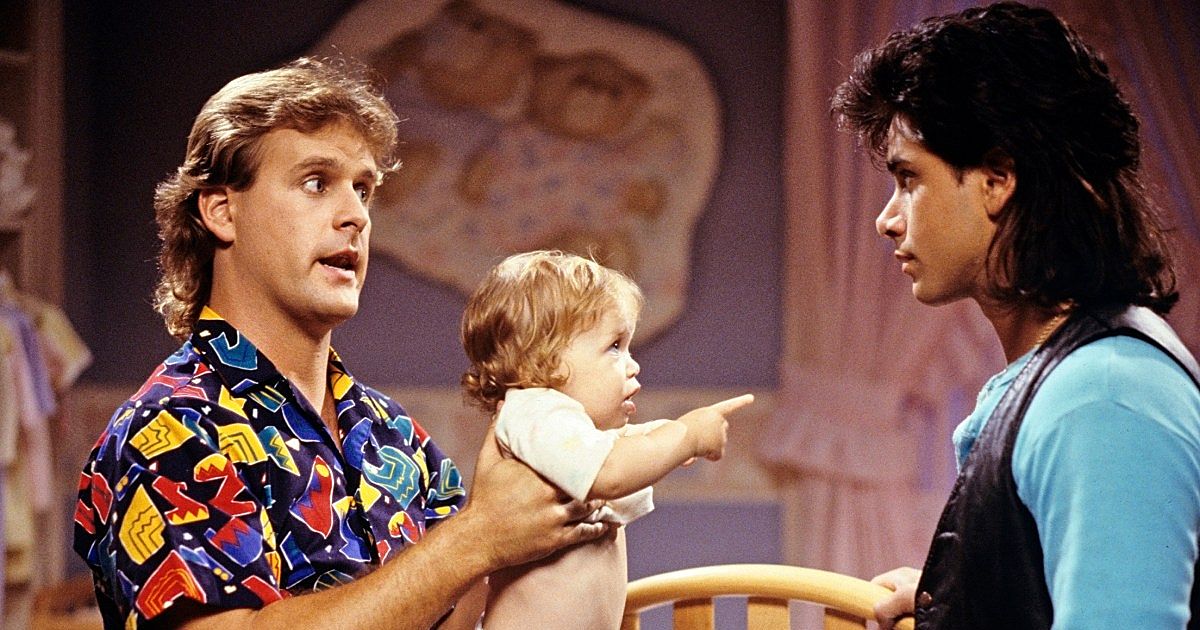
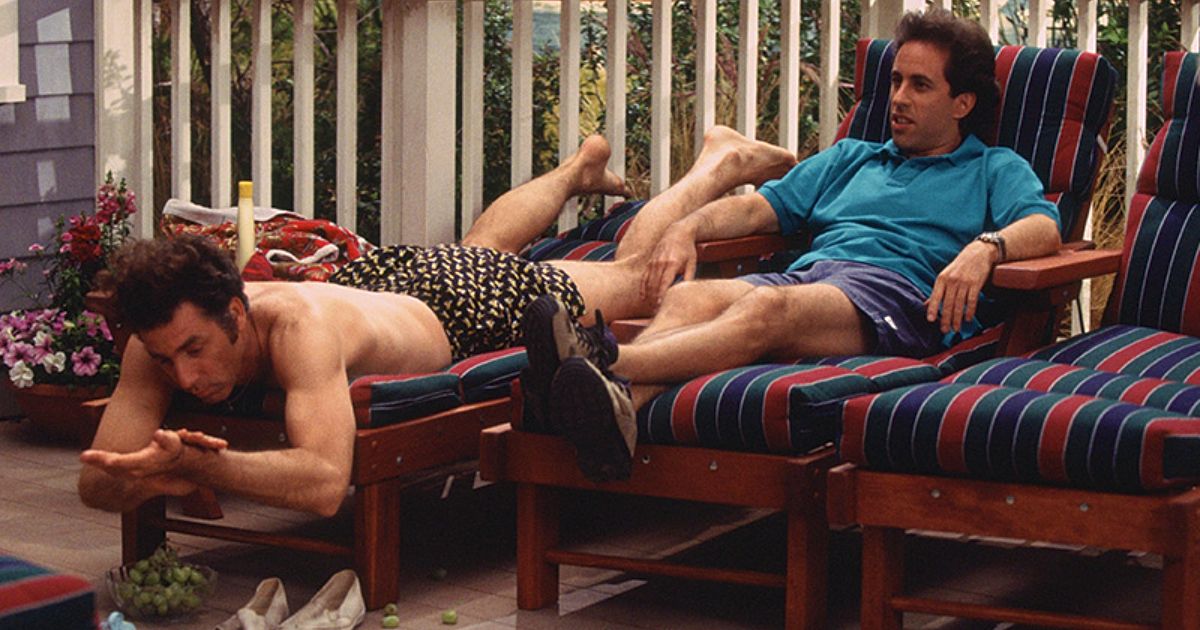
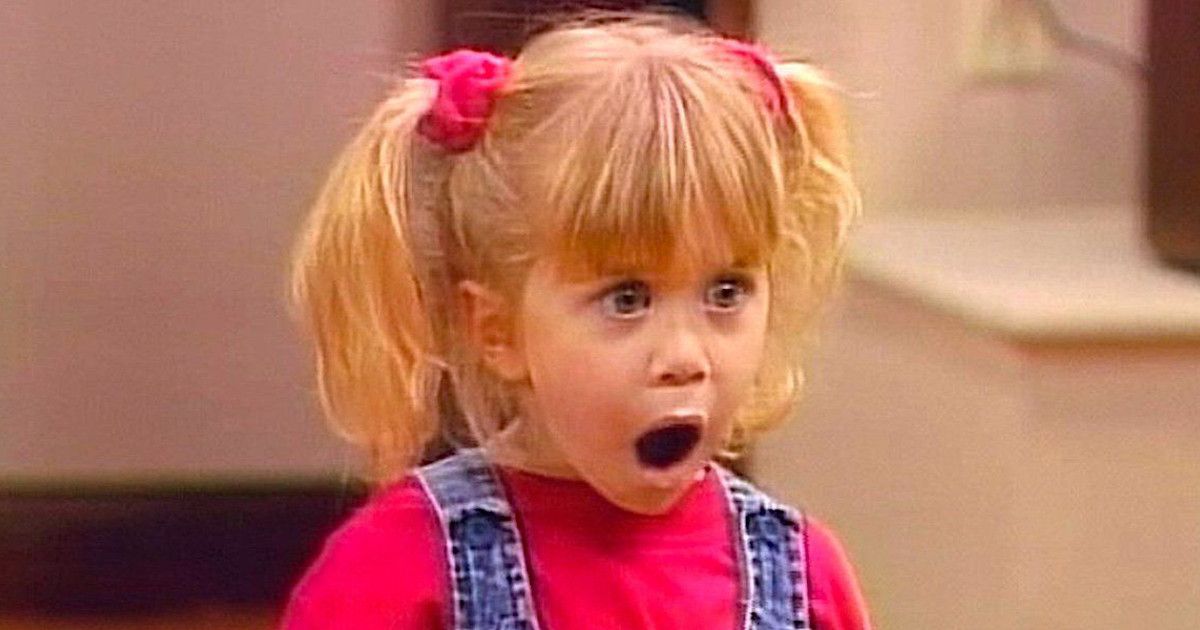
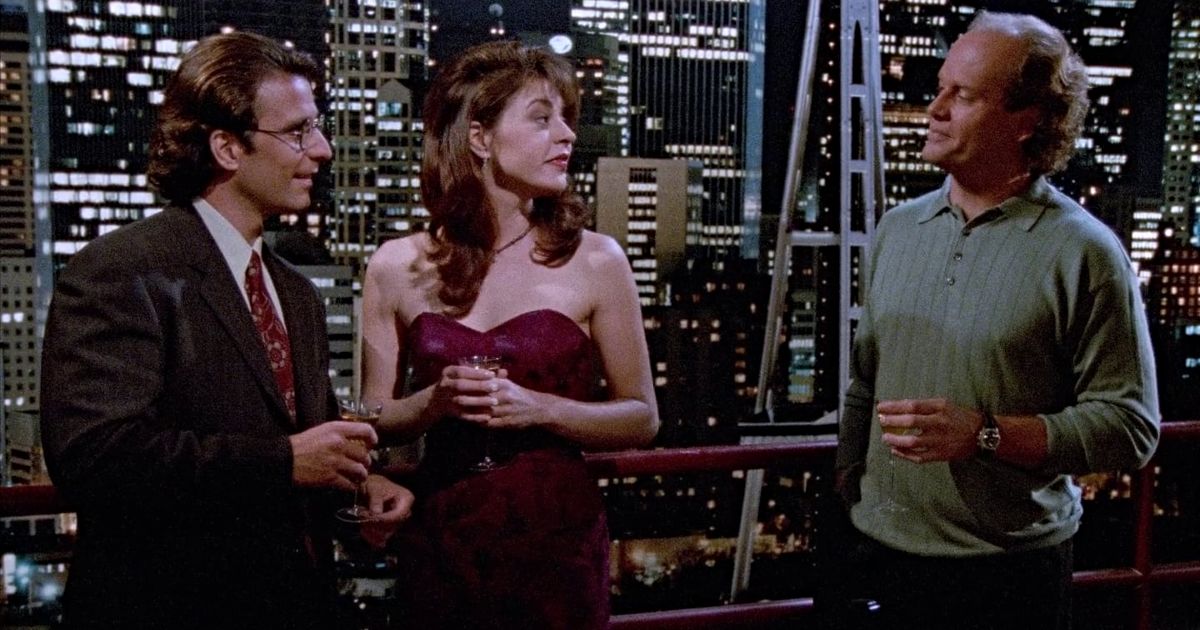
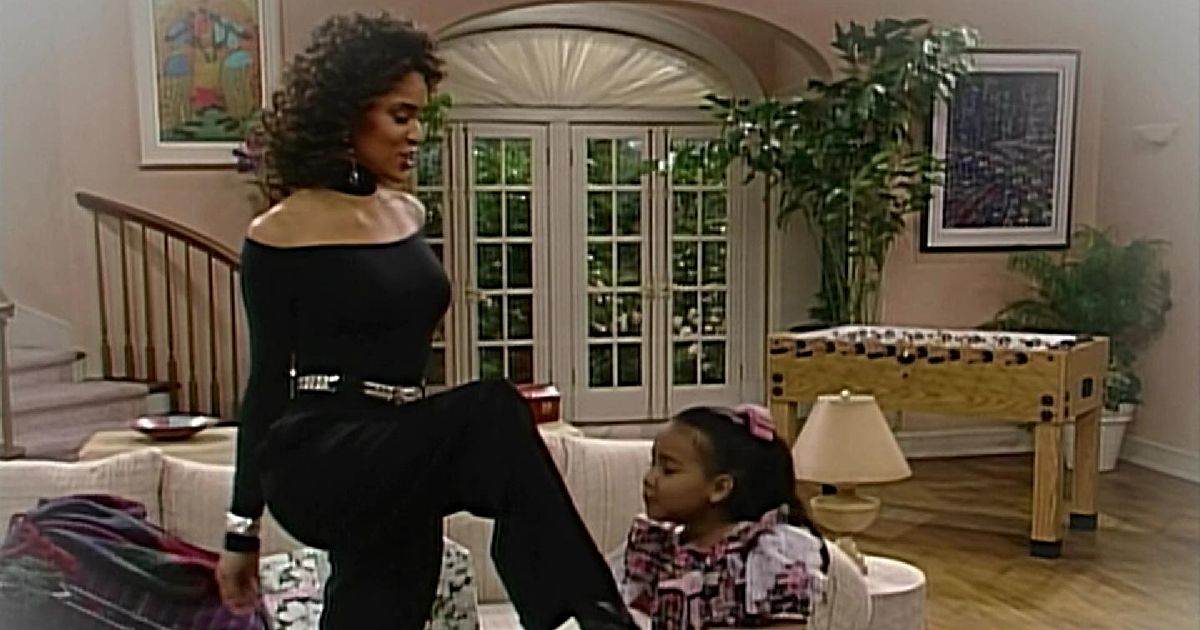
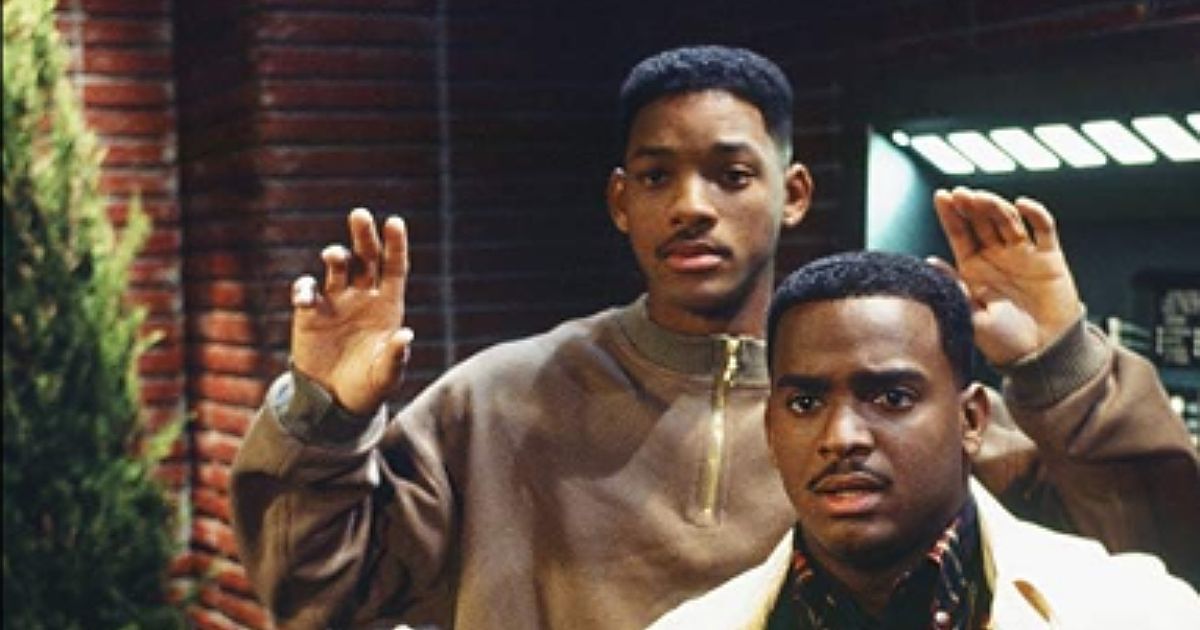
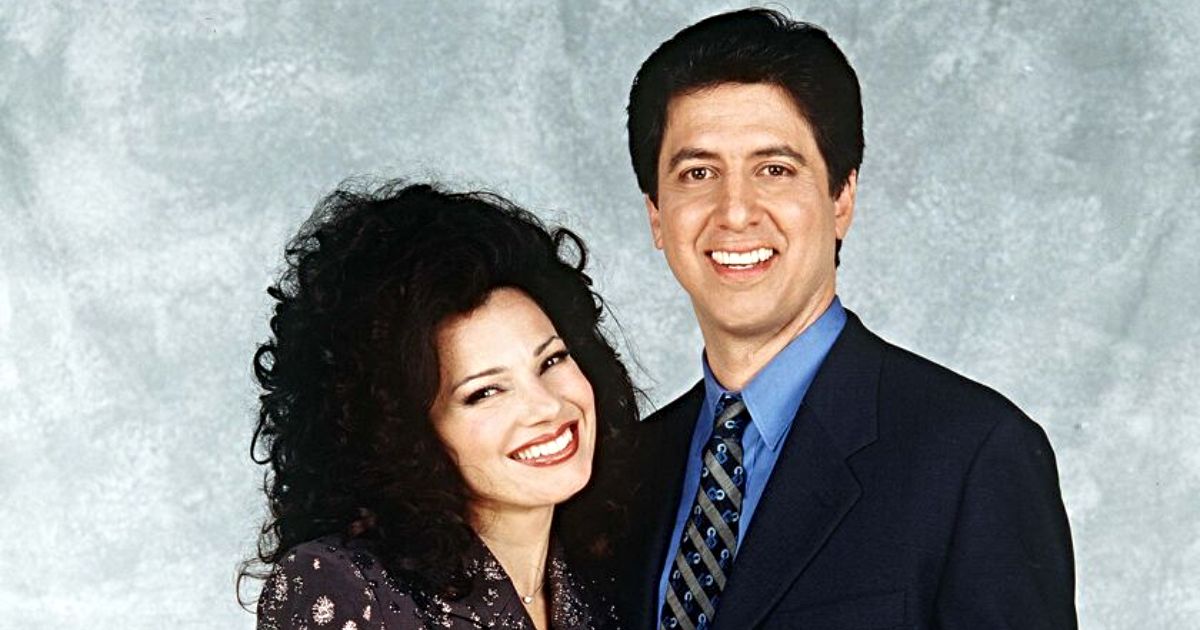
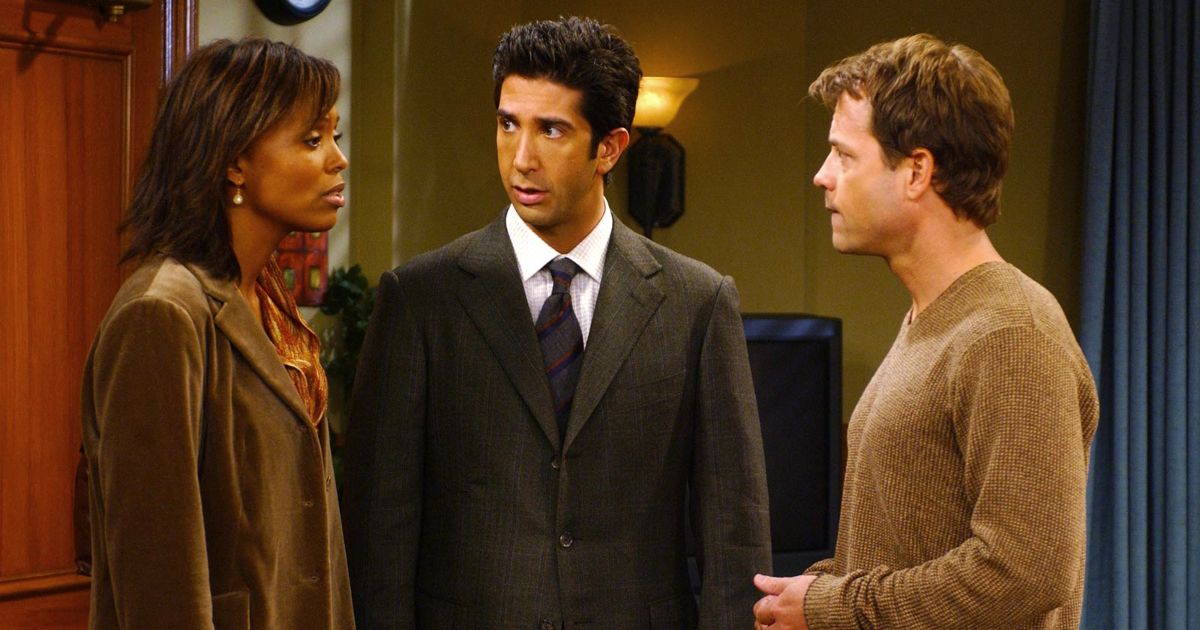
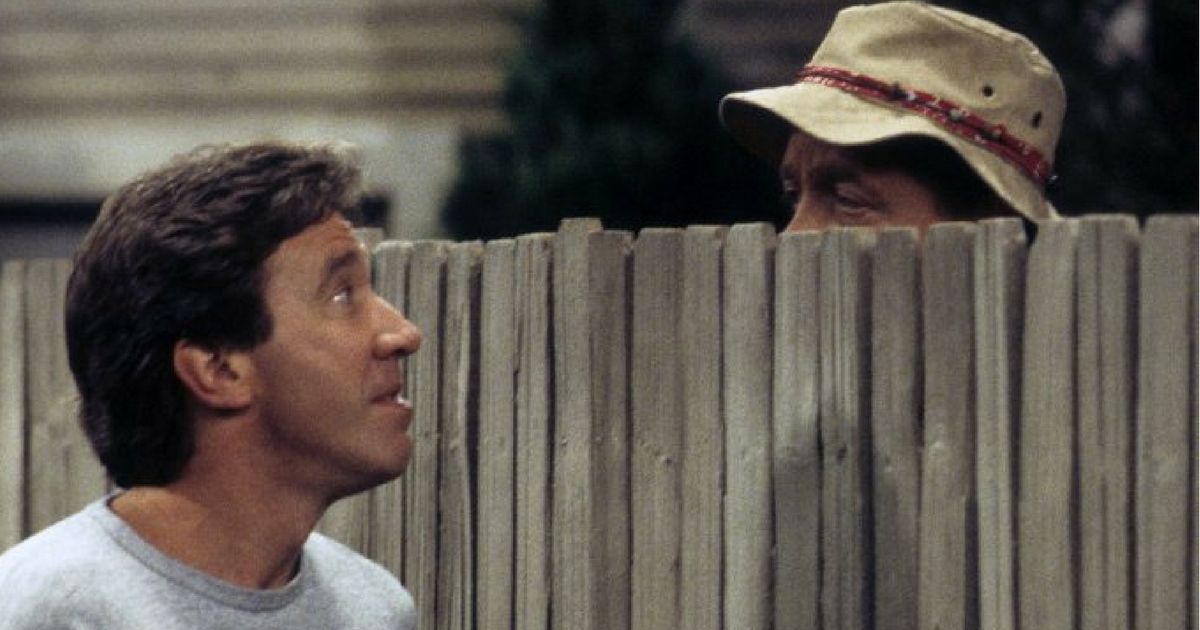
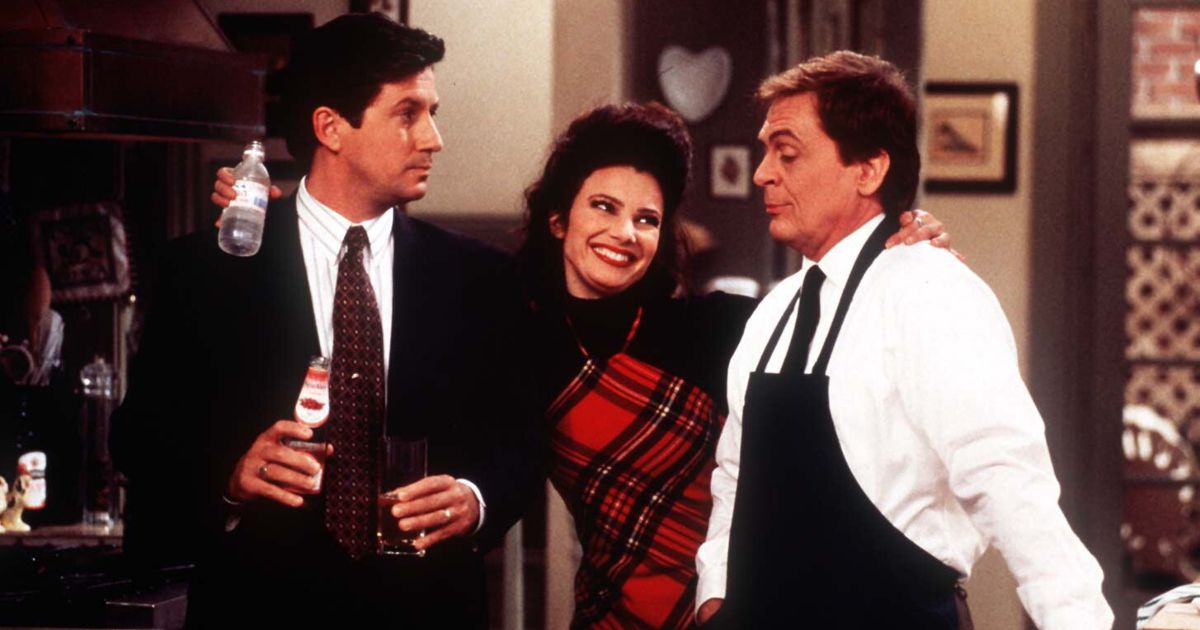
.jpg)
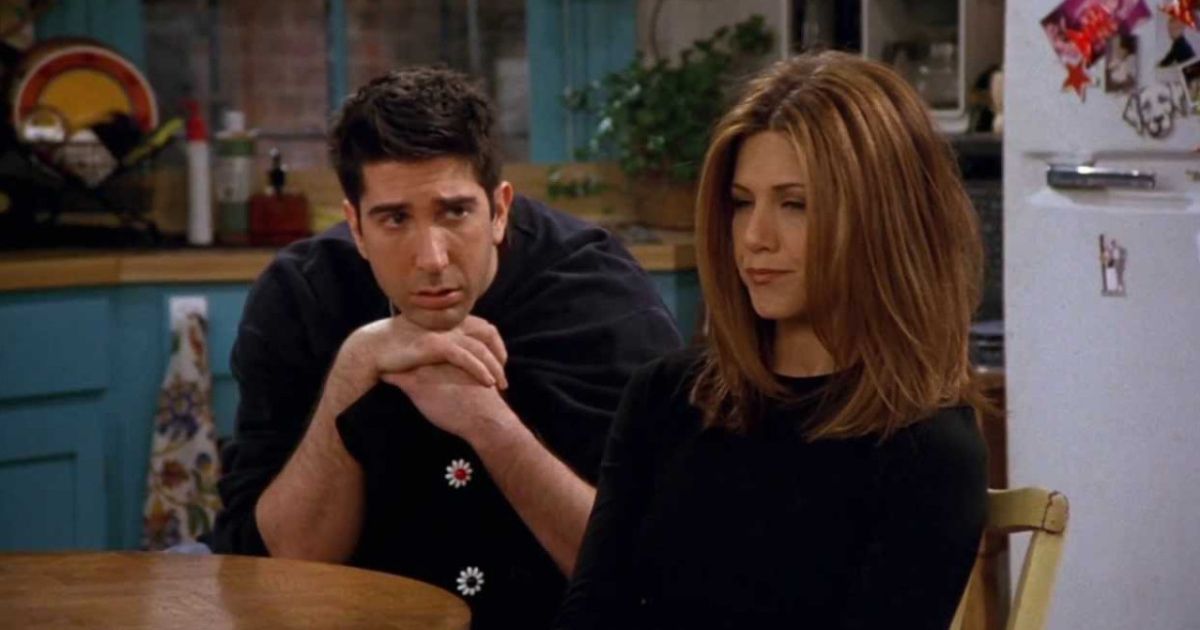
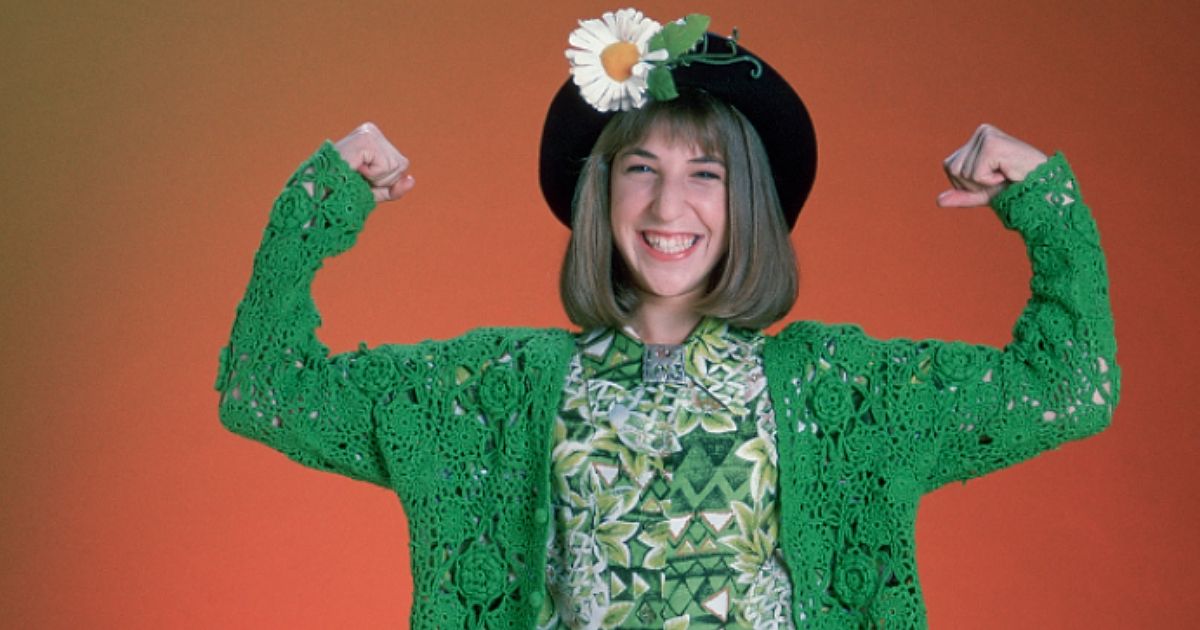
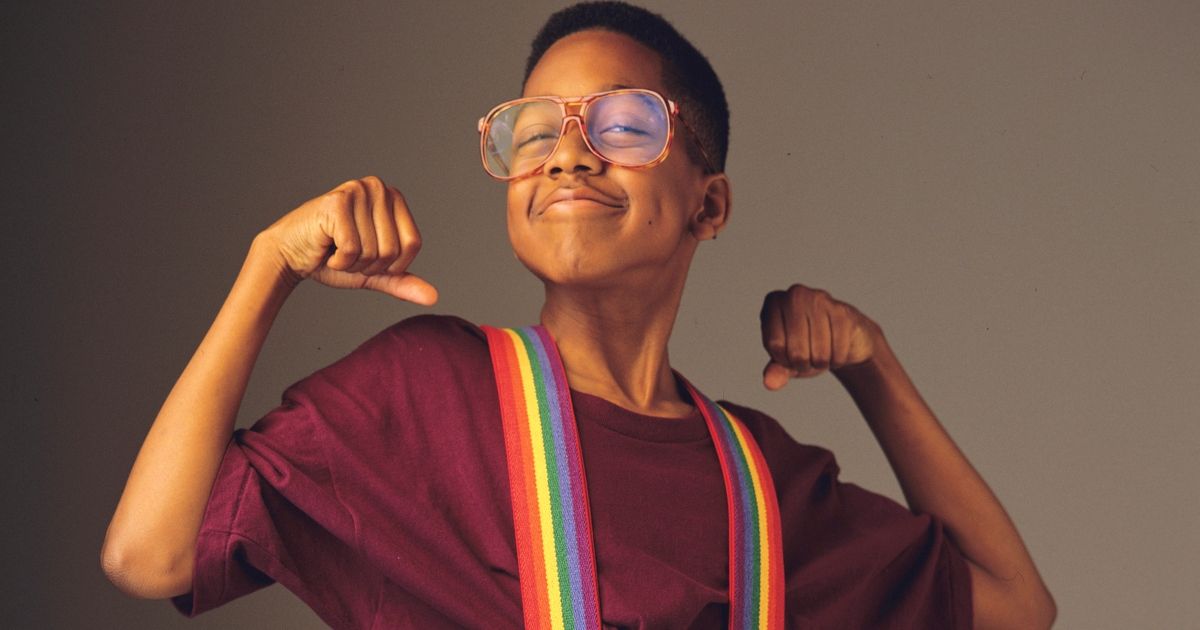
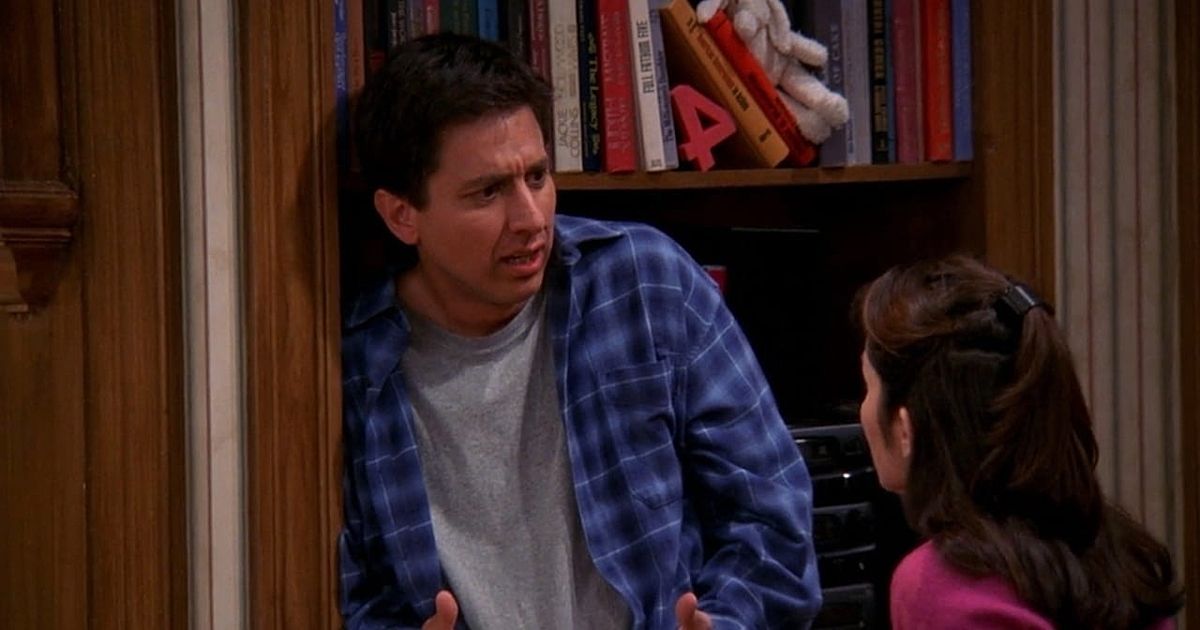
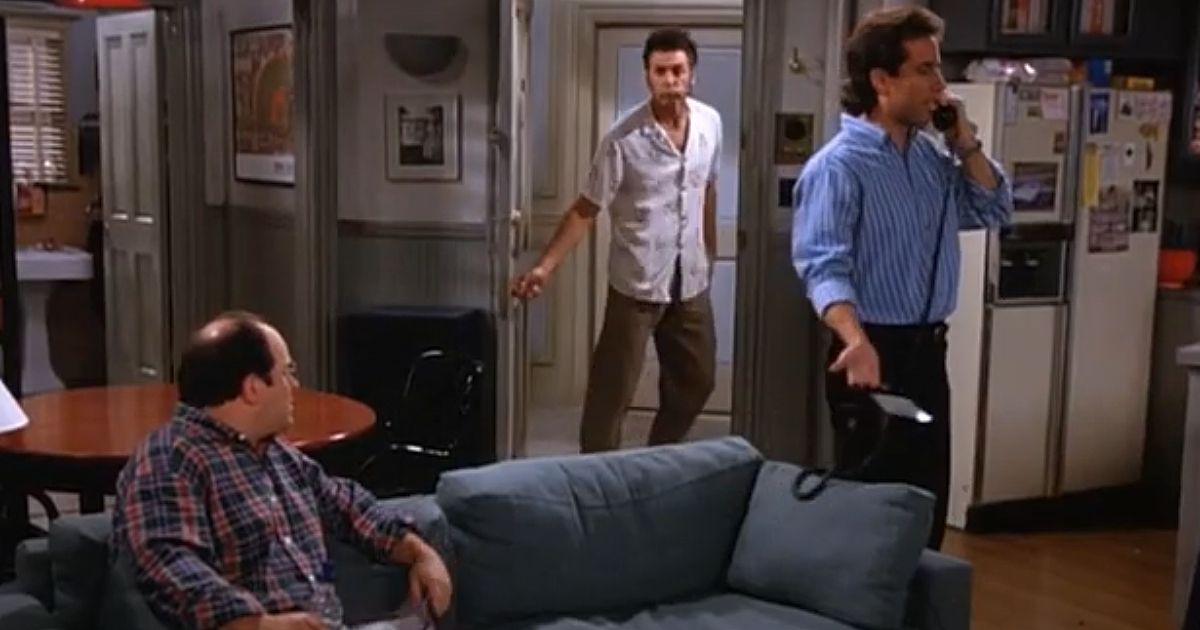
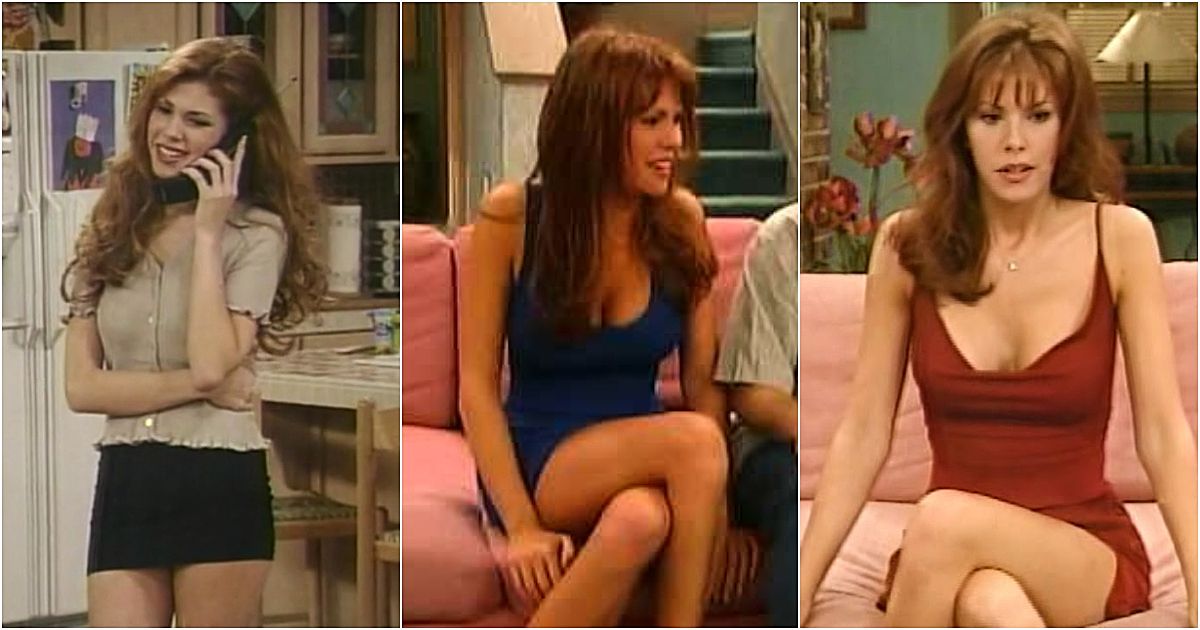
Comments
Post a Comment